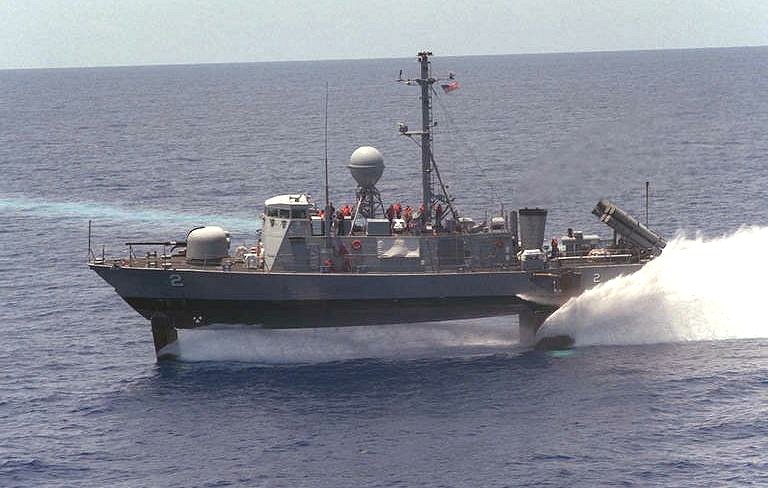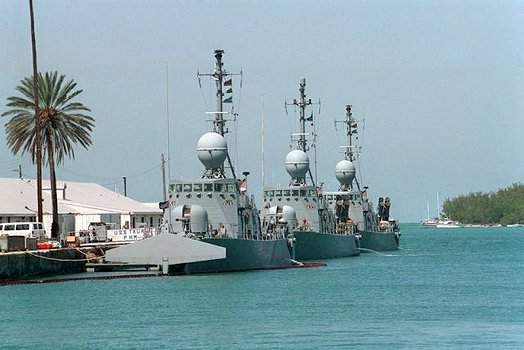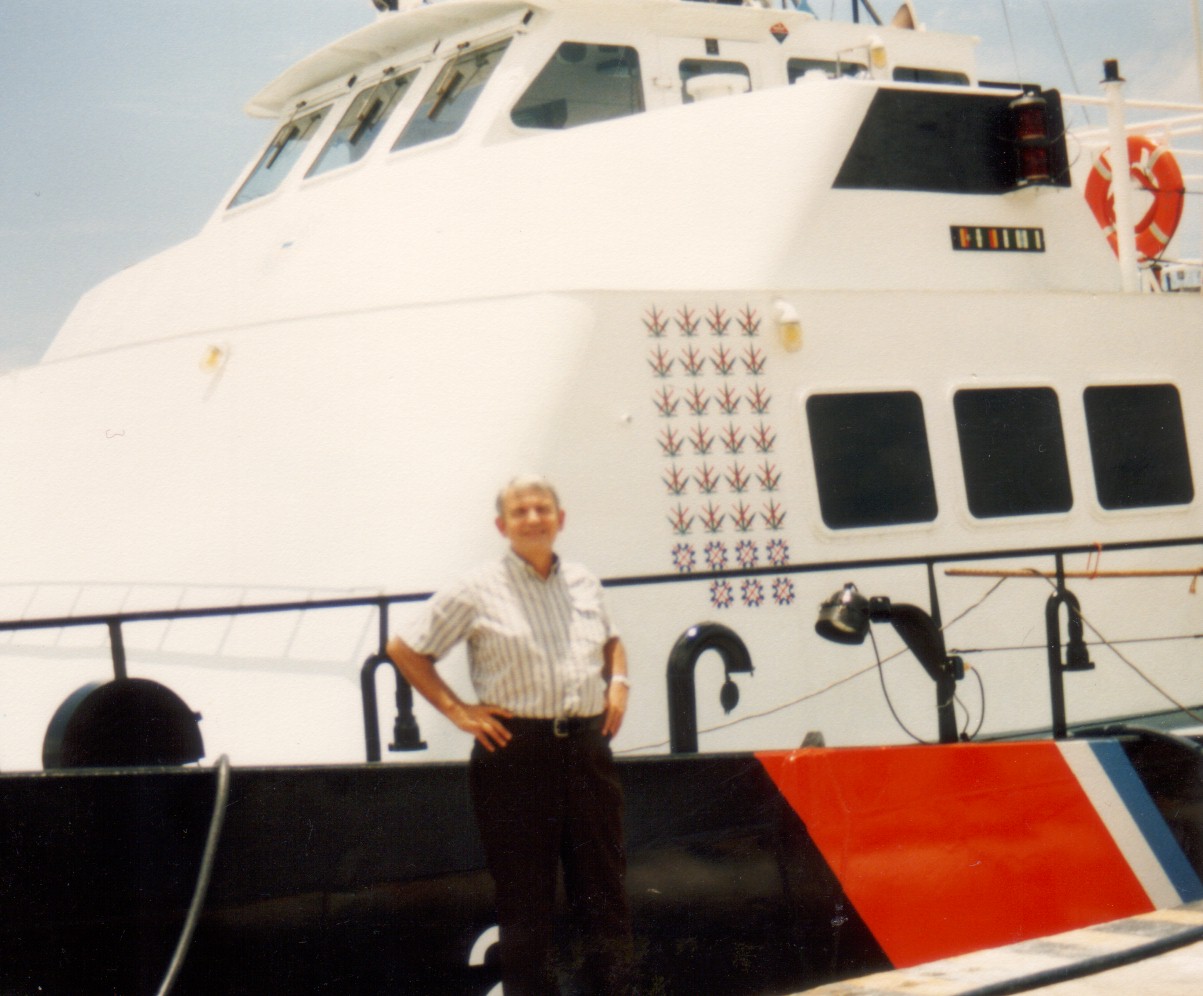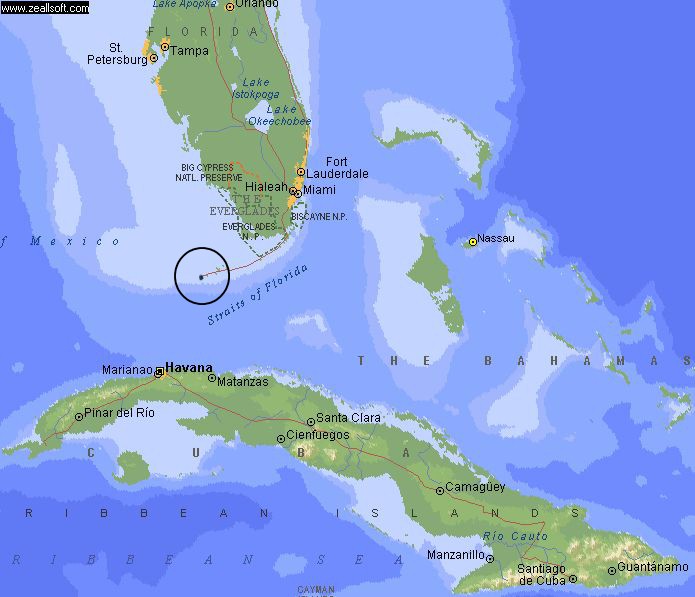TARGET 080409
Drug runners beware. We sail on air.

|
There is a very special fleet of ships anchored in Key West,
Florida, ready to chase and capture drug runners. The ships
are hydrofoils. When a hydrofoil gets underway, it drops
wings below it into the water, and those wings lift the ship
up into the air. The reduced drag allows the ship to go
at amazing speeds - fast enough to catch any drug runners
out there.
These ships are known to the U.S. Navy as the PEGASUS CLASS
of ships. The six PHMs of the Pegasus class form
a single squadron which operate from Key West. They are the
Navy's fastest ships when foilborne (over 60 mph) and driven
by their single gas turbine engine. They have good range on
their diesels, excellent seakeeping qualities, amazingly
fast response to requirements for speed, and a potent punch.
Since becoming operational, they have established an unusually
high availability rate while participating in a variety
of missions, including significant involvement in the
national drug interdiction program.
|

The ships in port.
|
In the picture above, you can see that each ship is well
equipted with radar for finding targets, with large gun
implacements, and (not visible in the picture), a multiple
rocket launcher platform. The shape you see at the near
end of the ship is the wing which is lowered into the water
in order to go "foilborne".
The ships also have armour-plating which can be drawn up
over their windshields in order to protect from gunfire and
water. The protection from water comes in handy when, in
some cases, their prey will not stop, so they have to
increase to top speed, and as they come up behind their
prey, they drop the front wing, dive completely under the
water and come up underneath the escaping boat, lifting it
out of the water or capsizing it.
The six ships are named after constellations. They are:
the USS Pegasus, the USS Hercules, the USS Taurus,
the USS Aquila, the USS Aries and the USS Gemini.
|

Successful mission board
|
Above you see the side of the USS Pegasus with its board
of successful missions. And yes, that svelt and handsome
man who was there on drug-interdiction duty, standing there
in his plain-clothes uniform is me.
Now, for a little feedback for the advanced viewers:
PEGASUS CLASS (PHM-1)
Displacement: 255 tons full load
Length: Foils extended, 133 feet; foils retracted, 145 feet
Beam: 28 feet
Speed: Foilborne, in excess of 40 knots; hullborne, 12 knots
Power Plant: Foilborne, one gas turbine, 18,000 shaft horsepower,
waterjet propulsion units; hullborne, two diesels, 1,600 brake
horsepower, waterjet propulsion units
Aircraft: Cannot carry aircraft.
Armament: Eight Harpoon missiles; one 76mm gun
Complement: 25
Builder: Boeing Marine Systems
If you would like more information about the Pegasus class
hydrofoils used by the U.S. Navy for drug interdiction in
the Carribean, take a look at the following sites:
Ibiblio.org
for details of the ships
NavySite.de
for historical information.
Foils.org
for design features and schematics
FAS.org
for more schematics and diagrams.
|
FEEDBACK MAP

|




